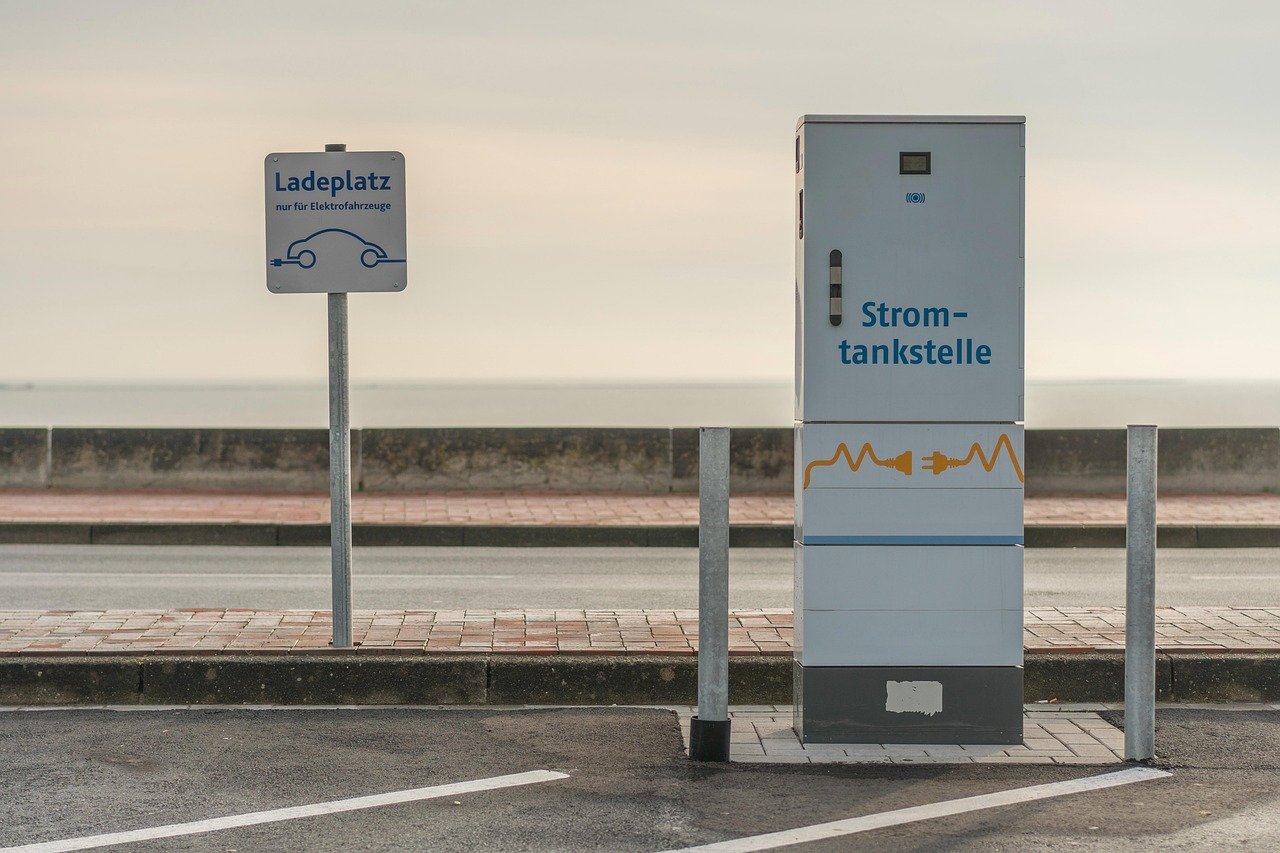Abandoned carts are the bane of every e-commerce business. A customer navigates to your site, browses your products, adds items to their cart, and… then disappears. This frustrating scenario happens more often than you might think, but understanding why it happens and implementing strategies to combat it can significantly boost your sales and improve your customer retention. Let’s delve into the world of abandoned cart recovery and learn how to turn potential losses into profitable conversions.
Understanding Abandoned Carts
What is an Abandoned Cart?
An abandoned cart refers to the situation when a shopper adds items to their online shopping cart but exits the website without completing the purchase. It represents a potential lost sale, and the rate at which this occurs is known as the abandoned cart rate.
The Alarming Statistics
The average shopping cart abandonment rate hovers around 70%. This means that for every 10 potential customers who add items to their cart, only 3 complete the purchase. While this figure may seem daunting, it also presents a significant opportunity for recovery and increased revenue. Understanding this rate in the context of your specific business, and striving to improve it, is a key component of sustained growth.
Why Do Carts Get Abandoned? Common Reasons
Several factors contribute to cart abandonment. Identifying these reasons is the first step towards addressing them:
- Unexpected Shipping Costs: Hidden or high shipping fees are a major deterrent. A study found that 61% of shoppers abandon their carts due to shipping costs.
- Requiring Account Creation: Forcing customers to create an account before purchasing adds friction to the process. Guest checkout options are crucial.
- Complicated Checkout Process: A lengthy or confusing checkout can lead to frustration and abandonment.
- Security Concerns: Lack of trust in the website’s security can make customers hesitant to enter their payment information. Displaying security badges and SSL certificates can help alleviate these concerns.
- Website Errors or Crashes: Technical issues during the checkout process can instantly deter customers.
- Limited Payment Options: Not offering a customer’s preferred payment method (e.g., PayPal, Apple Pay) can lead to abandonment.
- “Just Browsing”: Some shoppers use the cart as a wishlist or price comparison tool.
Calculating Your Abandoned Cart Rate
The Formula
To accurately measure your abandoned cart rate, use this formula:
Abandoned Cart Rate = (Number of Completed Purchases / Number of Carts Created) x 100
For example, if you have 100 carts created and 30 completed purchases, your abandoned cart rate is (30/100) x 100 = 30%. Therefore, your abandoned cart rate is 70%.
Importance of Tracking
Regularly tracking your abandoned cart rate provides valuable insights into the effectiveness of your checkout process and the impact of any changes you implement. Use analytics tools like Google Analytics or e-commerce platform dashboards to monitor this metric over time.
Strategies for Reducing Cart Abandonment
Optimizing the Checkout Process
A seamless and intuitive checkout experience is paramount. Consider these optimization strategies:
- Simplify the Process: Reduce the number of steps required to complete a purchase. Consider a one-page checkout.
- Offer Guest Checkout: Allow customers to purchase without creating an account. Make account creation optional, and highlight the benefits (e.g., order tracking, saved addresses).
- Clear Progress Indicator: Show customers where they are in the checkout process with a progress bar. This reduces anxiety and clarifies expectations.
- Mobile Optimization: Ensure your checkout is fully optimized for mobile devices. Mobile commerce is booming, and a poor mobile experience leads to high abandonment rates.
- Offer Multiple Payment Options: Integrate various payment gateways, including credit cards, PayPal, Apple Pay, and other popular digital wallets.
Addressing Shipping Costs and Transparency
Be upfront about shipping costs early in the process. Hidden fees are a major cause of abandonment.
- Transparent Pricing: Clearly display all costs, including taxes and shipping, upfront. Consider using a shipping calculator on the product page.
- Offer Free Shipping: If possible, offer free shipping above a certain order value. This can be a powerful incentive. Prominently display the “Free Shipping Over $[Amount]” message.
- Real-Time Shipping Rates: Integrate with shipping providers to provide accurate, real-time shipping rates.
Implementing Abandoned Cart Email Campaigns
Abandoned cart emails are a powerful tool for recovering lost sales. These emails remind customers about the items they left behind and encourage them to complete the purchase.
- Timely Delivery: Send the first email within an hour of abandonment. This is when the customer is most likely to remember their shopping session.
- Personalization: Use the customer’s name and include images of the items left in their cart. Personalization increases engagement.
- Clear Call-to-Action: Include a prominent button that takes the customer directly back to their cart. Use compelling language like “Complete Your Purchase” or “Return to Your Cart.”
- Offer Incentives: Consider offering a discount, free shipping, or a small gift to entice the customer to complete the purchase. For example, “Enjoy 10% off your order!”
- Create a Series: Send a series of 2-3 emails spaced a few days apart. The second email can reiterate the value proposition, while the third email can offer a limited-time discount.
- Example Email Subject Lines: “Did you forget something?”, “Your cart is waiting!”, “Complete your order and get free shipping!”
Improving Website Trust and Security
Build trust and reassure customers about the security of your website.
- Display Security Badges: Prominently display security badges from reputable providers like Norton, McAfee, or Trustwave.
- SSL Certificate: Ensure your website has a valid SSL certificate (HTTPS). This encrypts sensitive data and protects customers’ information.
- Customer Reviews and Testimonials: Display positive customer reviews and testimonials to build social proof and credibility.
- Clear Return Policy: Make your return policy easily accessible and understandable. A generous return policy can alleviate customer concerns.
- Contact Information: Provide clear contact information (phone number, email address, live chat) so customers can easily reach you if they have questions.
Advanced Strategies and Tools
Exit-Intent Pop-Ups
These pop-ups appear when a visitor is about to leave your website. They can be used to offer a last-minute incentive or address a specific concern.
- Offer a Discount: Present a discount code or free shipping to encourage the customer to stay and complete their purchase.
- Gather Feedback: Ask the customer why they are leaving. This feedback can provide valuable insights into areas for improvement.
- Promote a Newsletter Signup: If the customer isn’t ready to purchase, offer them an incentive to sign up for your newsletter, allowing you to nurture them with targeted marketing campaigns.
Retargeting Ads
Retargeting ads display your products to customers who have previously visited your website. This can be a powerful way to remind them about the items they left in their cart.
- Dynamic Product Ads: Display the exact products that the customer viewed or added to their cart.
- Personalized Messaging: Tailor the ad message to the customer’s browsing behavior.
- Offer a Discount: Include a discount or special offer in the ad to incentivize the customer to return and purchase.
Live Chat Support
Offering live chat support can help address customer questions and concerns in real-time, preventing them from abandoning their cart.
- Proactive Chat: Initiate a chat with customers who are lingering on the checkout page.
- Address Concerns: Answer questions about shipping, payment options, or product details.
- Provide Personalized Assistance: Guide customers through the checkout process and offer personalized recommendations.
Conclusion
Cart abandonment is a significant challenge for e-commerce businesses, but by understanding the reasons behind it and implementing the strategies outlined above, you can significantly reduce your abandoned cart rate and recover lost sales. Focus on optimizing the checkout process, being transparent about shipping costs, implementing abandoned cart email campaigns, and building trust and security on your website. Continuous monitoring, testing, and optimization are essential for maximizing your conversion rates and driving revenue growth. Remember, every recovered cart is a step towards a more profitable and customer-centric business.



